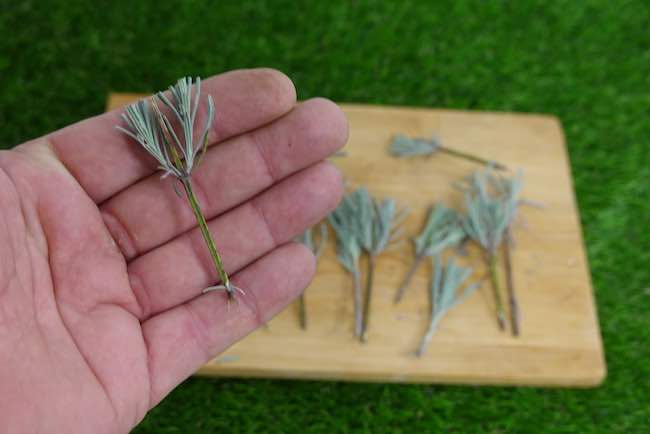How to take lavender cuttings

Growing Lavender from Semi-Ripe Cuttings: A Step-by-Step Guide
Growing lavender from semi-ripe cuttings is a rewarding and cost-effective way to propagate this fragrant herb. Whether you’re limited to a windowsill or have access to a heated propagator, follow these steps for successful lavender propagation using a mixture of John Innes compost, silver sand, or perlite.
Materials Needed
- Lavender plant with semi-ripe stems
- Sharp pruning shears or scissors
- John Innes compost
- Silver sand or perlite
- Small pots or trays
- Clear plastic bags or propagator lids
- A windowsill or heated propagator
- Watering can or spray bottle
Steps
- Choose the Right Time: Select semi-ripe cuttings during late spring to early summer when the lavender plant is actively growing. Semi-ripe stems should be firm and partially matured.
- Prepare Your Lavender Cuttings: Using sharp pruning shears or scissors, take 4-6 inch cuttings from the tips of healthy lavender stems. Make the cut just below a leaf node.
- Remove Lower Leaves: Strip away the lower leaves, leaving only a few at the top. This reduces moisture loss and encourages root development.
- Prepare the Planting Mix: Create a well-draining mixture by combining equal parts John Innes compost and silver sand or perlite. This mix provides the right balance of nutrients and aeration for successful root development.
- Plant the Cuttings: Dip the cut end of each lavender cutting into rooting hormone (optional). Insert the cuttings about 1-2 inches deep into the prepared mixture, leaving the top leaves exposed.
- Watering: Water the cuttings thoroughly, ensuring the soil is evenly moist but not waterlogged. Allow excess water to drain.
- Cover for Humidity: Place the pots or trays in a clear plastic bag or under a propagator lid to create a humid environment. This encourages root growth. If using a propagator, set it to a temperature around 70°F (21°C).
- Provide Light: Place the cuttings on a sunny windowsill or under grow lights if you don’t have access to natural sunlight. Lavender requires ample light for successful propagation.
- Monitor and Water: Regularly check the moisture level in the soil. Water when the top inch feels slightly dry. Avoid overwatering, as lavender prefers well-drained conditions.
- Transplanting: Once the cuttings have developed strong roots (usually in 4-6 weeks), transplant them into larger pots filled with standard potting soil. Continue to care for them as they grow.
- Harden Off and Plant Outdoors: Gradually expose the lavender plants to outdoor conditions to acclimate them before planting in the garden. Choose a sunny, well-drained spot for optimal growth.
By following these steps, you can successfully grow lavender from semi-ripe cuttings, either on a windowsill or in a heated propagator, using a mixture of John Innes compost, silver sand, or perlite. Enjoy the beauty and fragrance of your home-grown lavender!
Images from Depositphotos